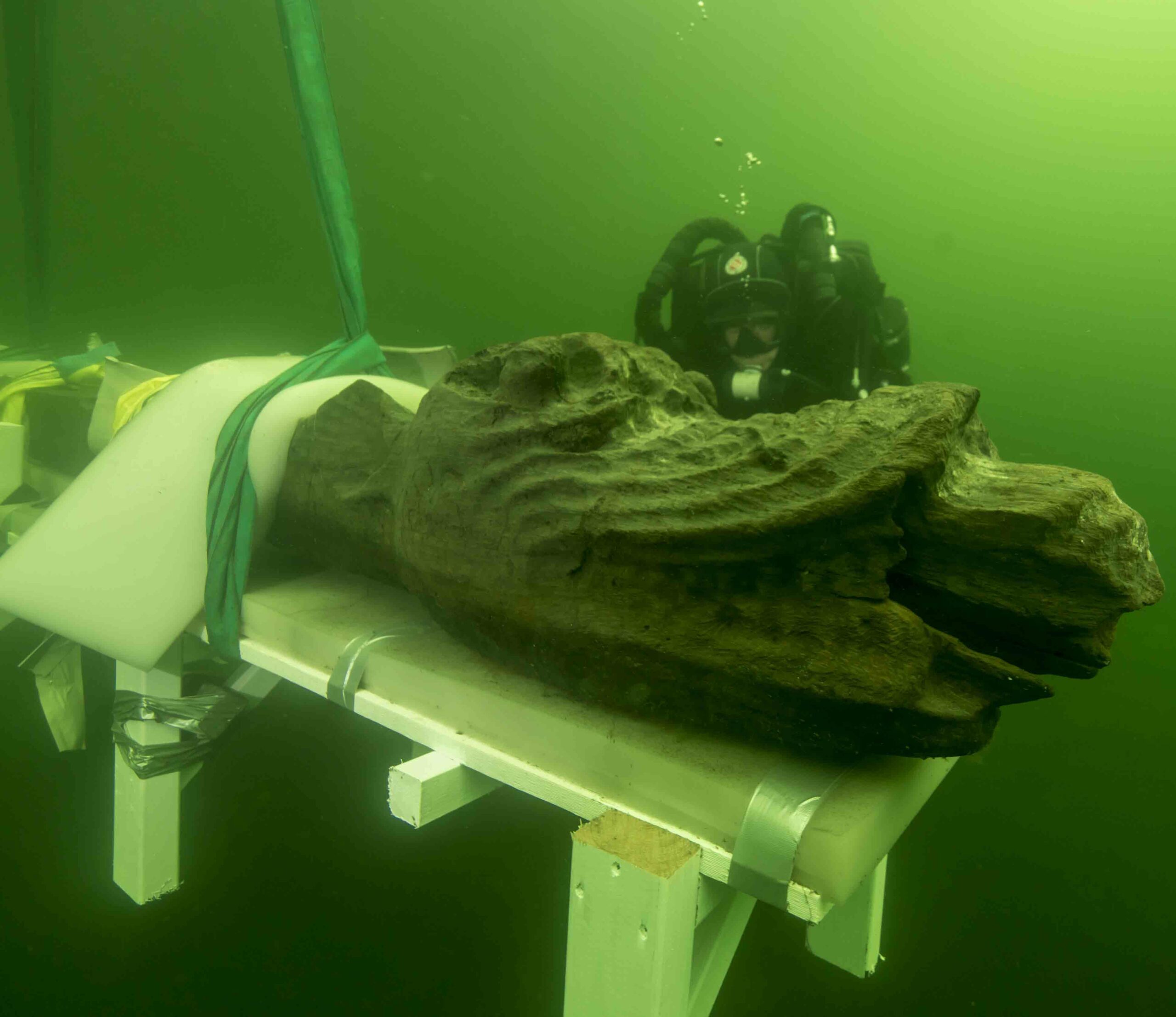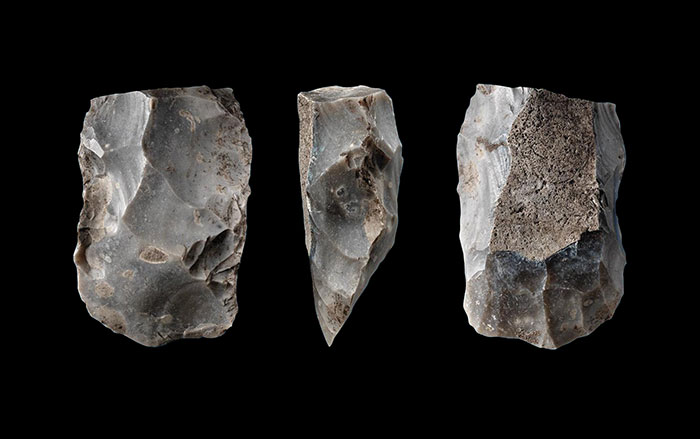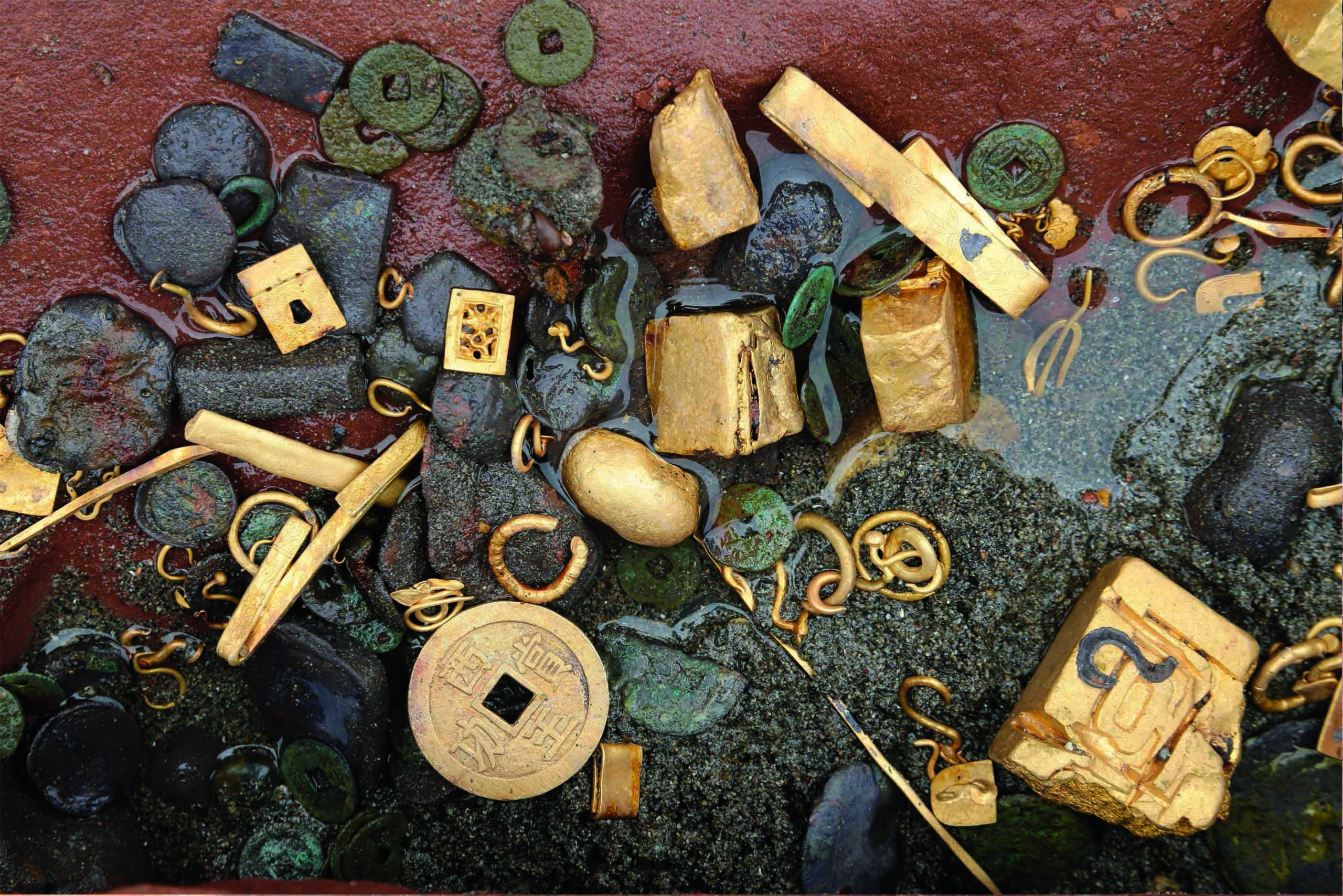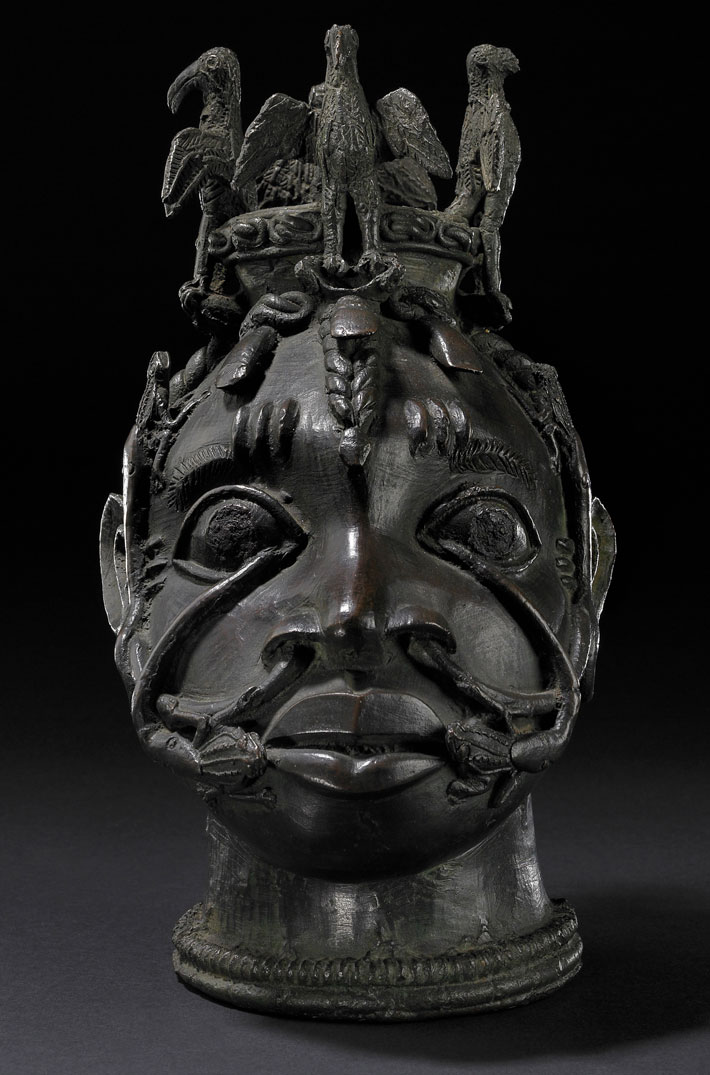
GOTHENBURG, SWEDEN—A new analysis of the skeletal remains known as Vittrup Man has been completed by a team of researchers led by Anders Fischer and Karl-Göran Sjögren of the University of Gothenburg, according to a Cosmos Magazine report. The skeleton, discovered in 1915 in a peat bog in northwest Denmark along with a wooden club, a ceramic vessel, and cow bones, has been dated to between 3300 and 3100 B.C. Vittrup Man is thought to have been between 30 and 40 years old at the time of death. His remains include the pieces of a smashed skull, which may have occurred during a ritualistic sacrifice, a fight, or a murder, the researchers suggest. The study has found that Vittrup Man had a different genetic signature than people who lived in the region, and was more closely related to Mesolithic people from Sweden and Norway. Isotopes in his bones also indicate that he spent his early childhood some 45 miles away across open sea, while isotopes and proteins in his teeth show that his diet shifted during his later teen years from marine mammals and fish to farm foods, such as sheep or goat. The scientists suggest that the young man may have moved from Sweden to Denmark because he was involved in the flint trade, or because he may have been taken prisoner. Read the original scholarly article about this research in PLOS ONE. To read about canine remains recovered from a bog, go to "Denmark's Bog Dogs."










